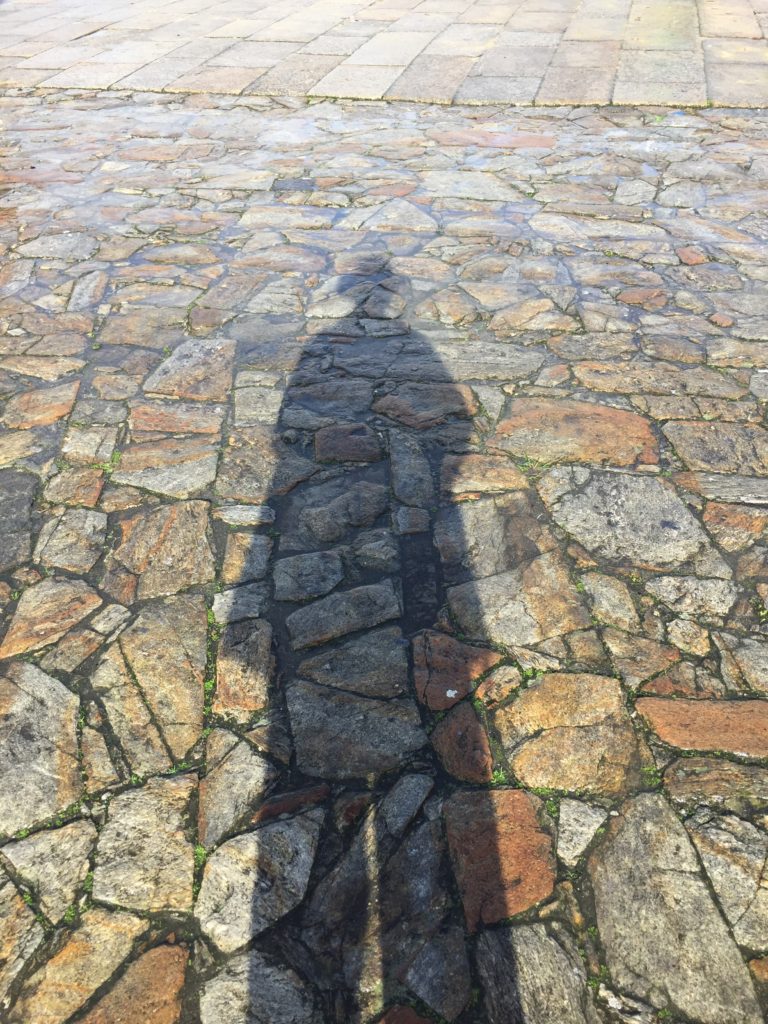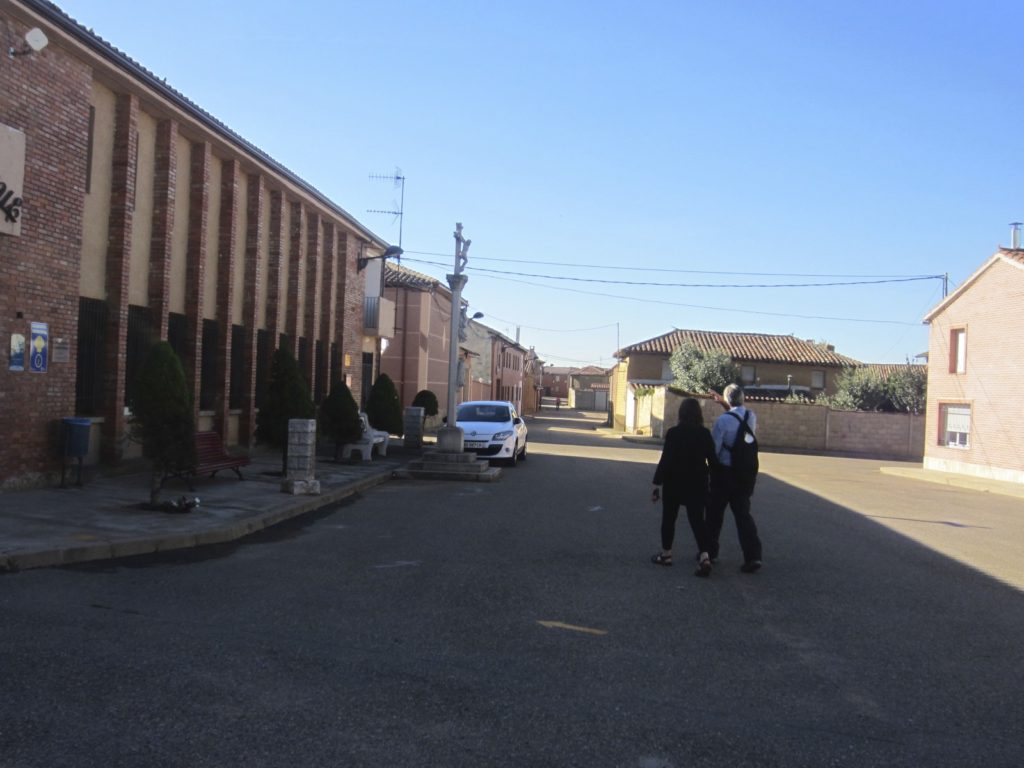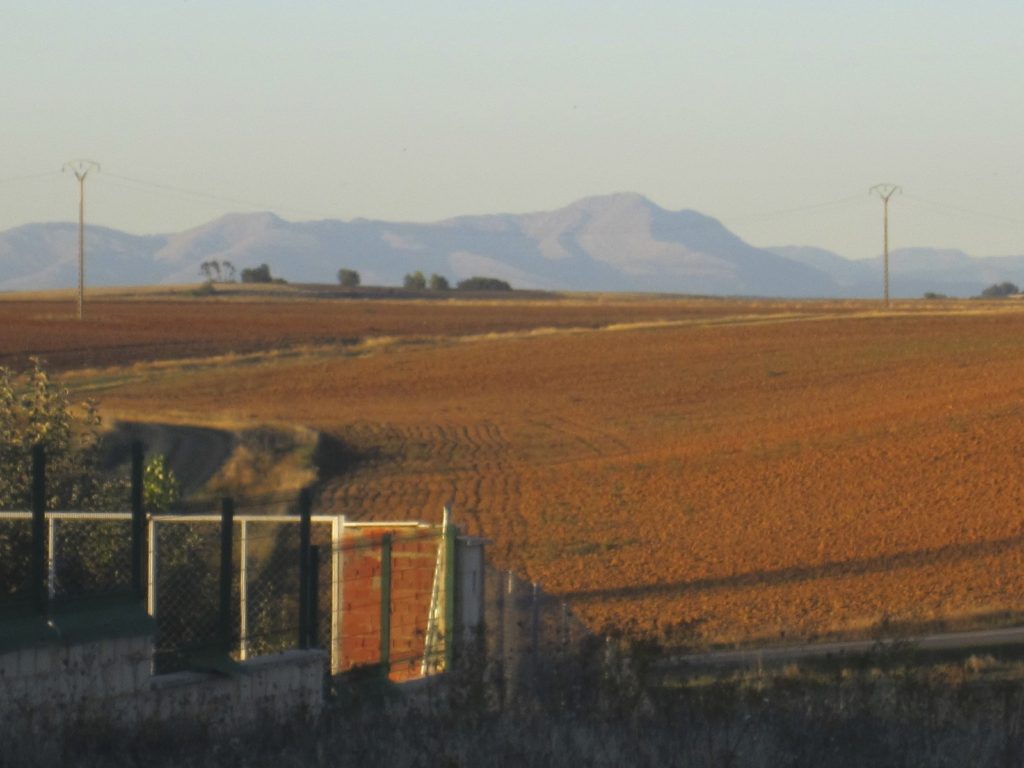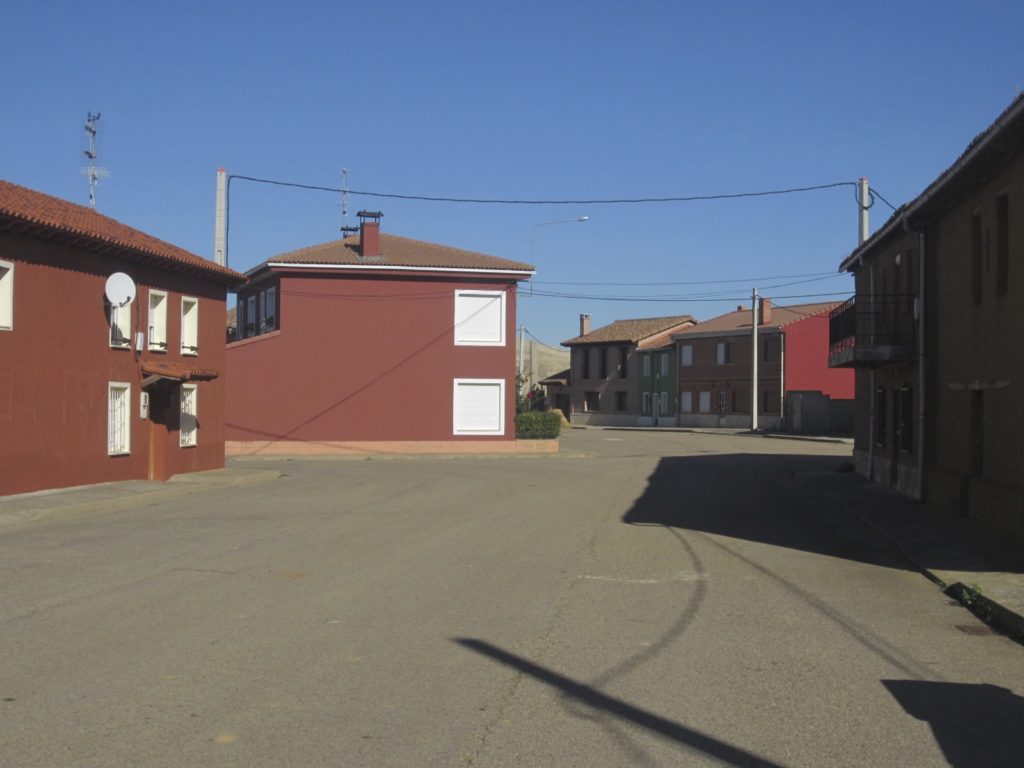
A pilgrimage is a journey of the body and soul, along arduous paths, to a destination of some religious or cultural significance. Usually undertaken for personal, spiritual or penitential reasons, such an expedition allows the pilgrim an opportunity to travel inwards, and acquire profound personal insights or existential truths that will be the lasting legacy of their odyssey. It is said a pilgrim’s journey is guided by seven different yet equally important characteristics, namely, simplicity, slowness, silence, sharing, freedom, spirituality and lightheartedness. These are things that are often missing from our regular lives, and one reason for going on a pilgrimage is to discover them for the first time, or rediscover them anew. Each of these seven types of experience will instruct us in something of value. The lessons taught will shape our onward journey, which is where our real pilgrimage begins.
In total, I have spent almost six months of my life walking different routes of the Camino de Santiago. In that time I have had some unforgettable experiences, met many incredible people, and had the course of my life altered in very significant and subtle ways. Each step of the journey has taught me what is important in life, what is not, and when I listened to what the Universe was saying I heard whispers of sound advice guiding me towards better ways of being. In this series of blog posts, I want to explore each of these seven keywords, and illustrate how the lived reality of the camino gives us insights that we can carry over into our daily lives. Let the journey begin.
SIMPLICITY
Nowadays, many of us are fortunate to live comfortable lives of plenty, where all our materialistic heart’s desires are available at the touch of a button and with the tap of a credit card. We live in an era where most of us will never experience true privation, and none of us would really want to either. Yet have our lives full of endless stuff really brought us true happiness? Is fulfilment to be found in working tirelessly just so we can have a bigger car, a fancier house, the latest phone, or an expensive watch that tells the time no more effectively than a cheaper one (or the sun if you can gauge its movements)? For many, the answer is no.
The idea of living cheek by jowl with a group of strangers, staying in Spartan accommodation and living out of your backpack for weeks at a time may not be everyone’s cup of tea. Yet every year thousands of people travel to Spain to experience just such a lifestyle. Most who choose to walk the camino probably want for little in their normal lives, but on the Way they must adjust to being content with little as well. By stripping away the layers of comfort, and moving into an environment containing just the essentials, they have the chance to experience life on a much deeper and more satisfying level. The camino has no place for luxury. Pilgrims go to bed at 10, get up at 6, march for 5 or 6 hours, live in dormitories with up to fifty or sixty others, wash their clothes by hand in sinks, and carry all their earthly belongings with them in their trusted backpacks. The rigours of this simple life teaches lessons in resilience, perseverance, tenacity and ultimately profound appreciation for the good that comes our way.
The modest life of a pilgrim allows you to separate out your needs from your wants. Many people who walk this path pack more than they need, and realise early on that all excess weight is a burden. Whatever you bring you have to carry with you the whole way, so you have to be ruthless with what you take. You want a hairdryer to keep your locks looking radiant and shiny? Fine. But are you prepared to shoulder that luxury? If you like to read physical books, choose them carefully. ‘War and Peace’ maybe an epic story for a grand journey, but what about the epic weight of Tolstoy’s tome? Early on, you learn that it’s all about brass tacks on the Camino. You can only bring the bare necessities and nothing more. And you don’t need the extra weight of those brass tacks either.

In 2013, on my second Camino Francés, I spent a night in a small little village called Calzadilla de los Hermanillos. Sitting at roughly the halfway point along the Camino Francés, pilgrims arriving here have already spent about two weeks on the road and have walked around 400 KM. Lying on the flat plains of Castilla Y Leon, more pilgrims probably move through this tiny little village daily than actually live there, and many of those who are resident derive a lot of their livelihoods from the passing pilgrim trade. Cazadilla de los Hermanillos is as close to the middle of nowhere as you’re likely to get, and it is in many ways very typical of the towns to be found in this part of Spain.
This village has no tourist attractions, and while the vast plains of cereal fields on which it sits have a haunting beauty to them, the bulk of Spain’s middle is fairly similar and so the views have lost their novelty by the time you reach this site. The town’s principal albergue is in an old school house on the main street, where traffic is so infrequent the dogs lie in the middle of the road to soak up the sunshine. Its only shop is concealed inside an unmarked building awkwardly located in a warren of back streets. A small cafe serves the local population, who congregate inside to play cards and talk animatedly, as talking in quiet voices is apparently illegal in Spain. This bar may not have changed in half a century, and isn’t likely to do so in the next 50 years either. In physics, time slows down the faster you travel. In this corner of Spain, the opposite is the case.

All my camino companions decided to end their day’s walk in Calzadilla, and for the afternoon we all parked ourselves on a sunny pavement near the albergue. There we looked out at the ploughed fields of terracotta earth that stretched all the way to the purple mountains of the Cordillera Cantabrica in the distance. We spent a couple of hours sitting by the side of the street talking, joking and contemplating about lost loves, future hopes, national rivalries, and, the principal topic of all pilgrims, sore feet. Our brief friendships, formed over the previous few weeks on the road, were deepened by the conversations and banter, and there was a tranquility amongst us as we wiled the afternoon away in the most simple of locations. The outside world could have been a million miles away, and given the basic conditions in which we found ourselves we could have been living in the 19th century, but none of us would have swapped it for anything else.
In our normal lives our members may have held high profiled jobs, lived in very luxurious houses, and enjoyed very opulent lifestyles. Out here on the camino we had all been stripped of ranks, titles and status. Everyone was the same, both princes and paupers alike. We all slept in the same basic shelters, ate the same simple food, and carried what we possessed on our backs. We had deliberately left behind lives of plenty and subjected ourselves to a rigorous, disciplined lifestyle, and in doing so we had learned that we needed very little to be satisfied, and we were very grateful for what little we had. Despite the inflated pronouncements of the natives, Spanish food is rarely the most exciting in the world, but the menu del dia tastes heavenly after a day on the road. A narrow bunk in a room with thirty or forty others is as appealing as a king sized bed in a five star hotel following a demanding hike. Finding a shop that sells bread, or luxuries like fruit and cheese, is like manna from heaven when trekking through the desolate plains. The life of a pilgrim isn’t for everyone, but those who managed to adjust to its demands rarely wanted for anything as long as their basic needs were met. In Calzadilla de los Hermanillos, we all found something that money cannot buy – contentment. And another thing for which there is no monetary value – good company.

As we sat chatting and laughing on the street corner, looking like a bunch of middle class wide boys, the aches and pains that plagued our bodies didn’t bother us, nor did the hardships and privations we had endured. Instead, we were having the time of our lives. The few locals who passed by took little notice of us. They saw parties of pilgrims come and go everyday. Tomorrow a new group would ride into town, and if they came with the right frame of mind they too would find the centre of the universe right here in the middle of nowhere. Nothing may ever change in Calzadilla, but the experience for those passing through would stay with them forever.
Later, after I had ended my journey in Santiago, and returned to my comfortable regular life, my thoughts often drifted back to that afternoon in that dusty little corner of the Iberian peninsula. Everyday on the Camino had brought some kind of struggle, be it with the terrain, the weather, or my own body, but overcoming those challenges had brought great reward too. Each resolution was a little victory for the soul. Now that I was back in more luxurious surroundings, those sources of struggle had largely disappeared. And I did miss them, as what hadn’t killed me had genuinely made me stronger, fitter, healthier, and better prepared for the long road ahead. Consequently, I did some stocktaking. I looked at my life and asked how many of the things that surrounded me were really necessary? Did I need a car when I lived so close to work and shops? Probably not. What other stuff could I cut out of my life, and what did I not need to bring into it? Ultimately, the knowledge that I had a secure roof over my head, healthy food on my table, and clothes on my back was enough to give me peace of mind. Now, all that was required was the company of good friends, and a footpath on the sunny side of a street where we could wile away the hours without a care in the world.